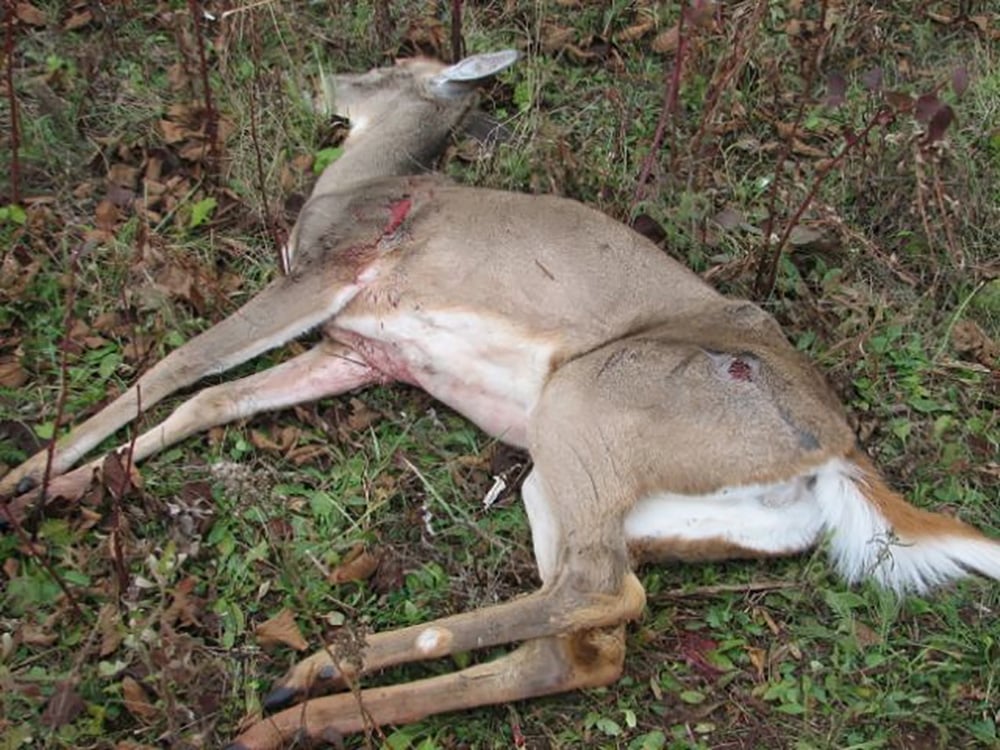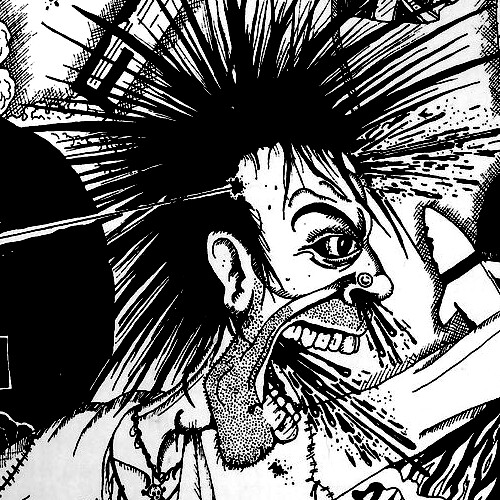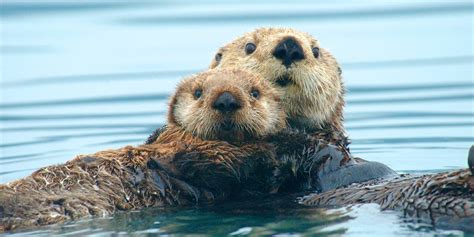Prions are terrifying…
Brain-eating prions simply defy traditional biology. They are smaller than the smallest known virus and can survive in tissue long after death. They can cross the species barrier and incubate for decades. They appear to be almost indestructible and can contaminate pastures, animal feed, feeding equipment, medical tools and blood. Only combustion at 1,000 degrees Celsius can destroy prion infectivity. Incredibly, prions can remain infectious after burning at 600 degrees Celsius.
Fucking what? Oh boy! Its a good thing I’m unable to feel fear anymore or this’d make me hide in bed again :D
Thank God prions destroy your fear center first… otherwise I too would be terrified.
I’m a big fan of zombies media so while I should feel more fear, it’s contaminated by childish excitement.
Boy am I glad Canada has medical euthanasia, because some of the prion diseases kill you in the worst possible way.
The more I learn about all the possible ways humans have of dying, the less I want to do it.
It would happen too fast for you to make that decision. By the time you show symptoms your brain has already sustained serious damage.
It’s all over the CA and AZ deserts. For at least a decade I have witnessed it destroy small game and coyotes. Along with mange and the general public using an insane amount of poison to keep the rat population down, there will be no wildlife left.
The combination is an environmental death spiral.
That’s why I laugh at the preppers. Do they think they will be the seeds for the future? Because they won’t. They’re just morons. ESPECIALLY the rich ones.
It is not contagious to coyotes, canines are either too short-lived to show symptoms or their scavenging-optimized digestive tracts are capable of destroying it, much like all the other horrible stuff that goes down their gullet.
It’s not naturally contagious to small game either, but only to cervids. If your small game are sick, I would blame poisons both intentionally set and oversprayed by farmers. Here in the hills we have plenty of small game but the flat farmland areas are barren from all the spraying. Only rats, mice and coyotes left there.
Almost all of our deer here in my part of Saskatchewan are dead from CWD now. More coyotes than ever before though, and it’s rare that you see one that looks sick in any way. Almost a shame as if there’s any single animal that we wouldn’t miss out here, it’s the coyote.
What if the preppers have an underground zoo to repopulate the earth with, Noah’s ark style?
Chronic Wasting Disease is now the largest biomass of infectious prions in global history and many experts are concerned that a spillover into humans could cause a nightmarish pandemic. Following the experimental transfer of the chronic wasting disease to macaques, the closest non-human primates allowed in research, Health Canada concluded in 2017 that “CWD has the potential to infect humans.”
Yet Rowledge estimates that as many as 25,000 hunters are eating contaminated venison every year on the continent.
But Rowledge told the Tyee that governments have been watching the spread of the disease for decades and doing nothing. The fact that there still exist game ranches in Alberta and Saskatchewan actively spreading disease, he added, is scandalous.
Fuck
Welp, if it ever did make the jump to humans, that would be game over for society at that point.
Not a bad outcome tbh
North America needs to re-introduce wolves everywhere to cull the herd and seriously manage the deer populations.
CWD is a prion, so it has the potential for inter-species spread. Unfortunately, there’s likely no guarantee wolves would help this issue. Additionally, infectious materials shed by animals remain in the environment for long periods of time.
It has the potential, but there’s no evidence yet of it spreading to canines. Or really any animals other than deer/sheep for this particular outbreak. Fewer deer would mean fewer hosts to spread the prions. Wolves would also be able to kill infected deer earlier before they’ve hit their maximum prion load.
https://blog.nwf.org/2022/10/predator-impacts-on-the-spread-of-chronic-wasting-disease/
That would only help spread it faster…





